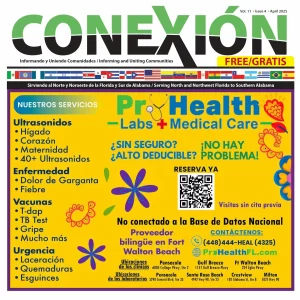By Barbara Britt, http://www.barbarabritt.com/
One month ago, I was getting ready to go to the John Maxwell Team Training in Orlando. I go twice a year not because I need to get re-certified so much as I need to get recharged, energized and enlightened. I need to be around like-minded people who are constantly growing and learning. Then came the news that they were shutting down our week of training because people had to come first before profits, and with 160 countries being represented they could not put people at risk.
John Maxwell being the International Leader he is, immediately developed a program called “Leadership Through Crisis” then presented it in a week’s time. He created a workbook and videos and proceeded to lead almost a half a million people for three days, giving all his speakers, trainers, and coaches the material for free and then telling them to go out and lead. That is true leadership, putting “People First.”
In “Leading Through a Crisis,” John states that this is not the first crisis nor will it ultimately be the last. Here are some tips and strategies to not only take us through a crisis but help us come out stronger and better.
Crises are quite common. During a crisis, bad leadership precipitates a faster fall while good leadership offers steadiness and perseverance.
In the first part of John Maxwell’s lesson on “Leading Through a Crisis,” he states there are never two good consecutive days in a leader’s life, which means leaders are somewhat used to the everyday drama that comes with life. However, when leaders are facing a crisis, it is several consecutive bad days that you can’t walk away from.
Crisis by its definition is “an intense time of difficulty requiring a decision that will be a turning point.” With everything going on in the world right now, our current global situation meets that definition! The good news, as John pointed out, is this crisis—like all crises—will eventually pass. The challenge for a leader is to stay strong and steady through the duration.
In a crisis, leaders put people first, in life leaders put people first. Prioritizing what should be done during uncertain times is one of the most important responsibilities of a leader.
Leaders also have clarity, when prioritizing allowing others to see hope. There is a difference between optimism and hope.
1. Optimism – is the belief things will get better. This is a passive virtue.
2. Hope is the faith the together we can (the operative word is WE). This is an active virtue.
It takes no courage to be an optimist, however it takes a great deal of courage to have hope.
Leaders offer hope not because they are just positive thinkers, they offer hope to gather people, unite them in a common cause. Leaders show up, stay in constant communication with their team, family, organizations. They are deliberate in their thinking. They realize they cannot get emotionally caught up. It is up to the leaders to keep their head above the crowd.
Leaders decisions must align with their values. When you know what your values are it is easy to make the right decision.
Great leaders are people of value who value people and intentionally add value any way possible.
Now is the time for us all to stand up and use the leadership that is in us. If you are a mother or a father; you are a leader. If you are a neighbor you are a leader, if you are part of a team you are a leader. Every one of us was created uniquely for a special purpose. How will you choose to lead?
If you are interested in this type of training for your company, organization, or non-profit, please go to my web site and make contact. I would love to work with your group’s uniqueness.



